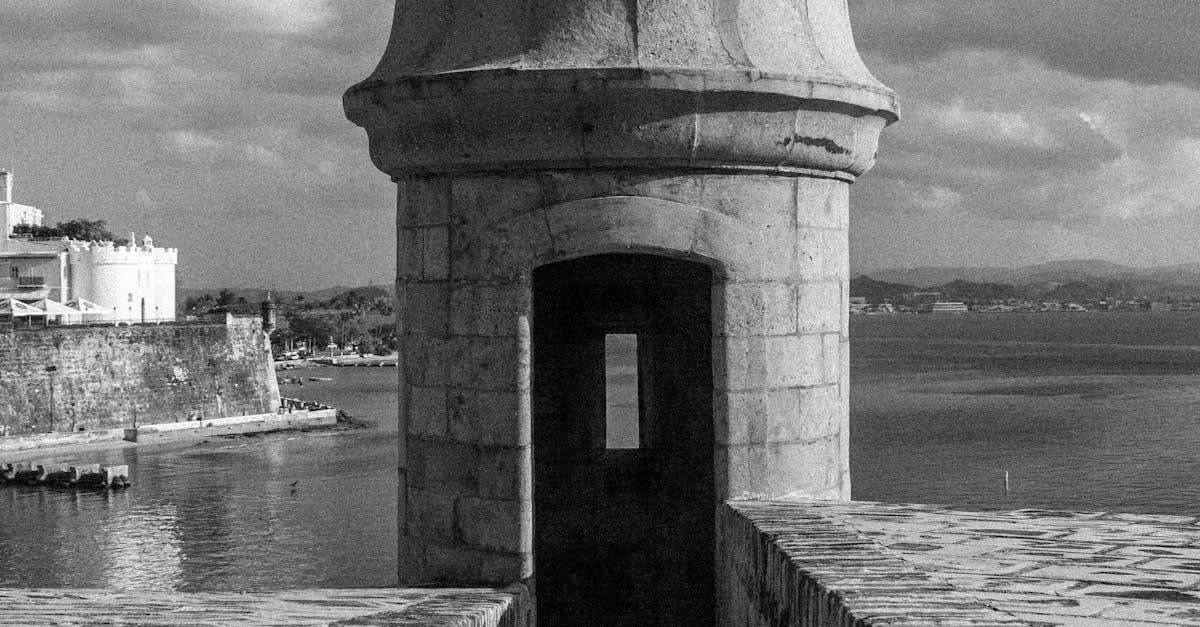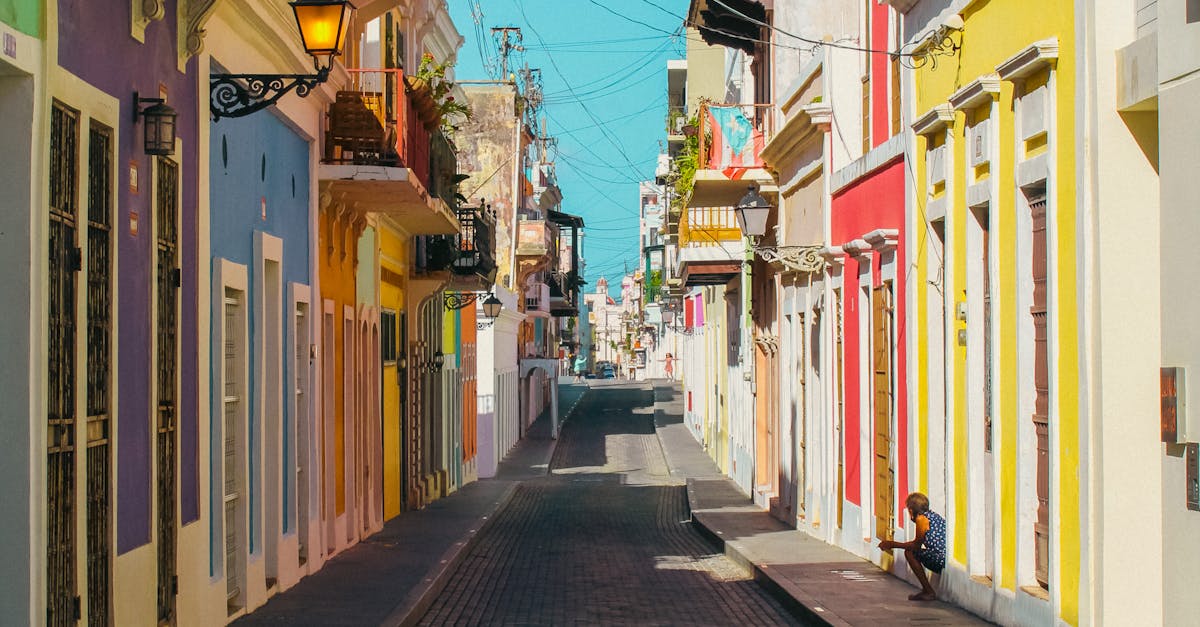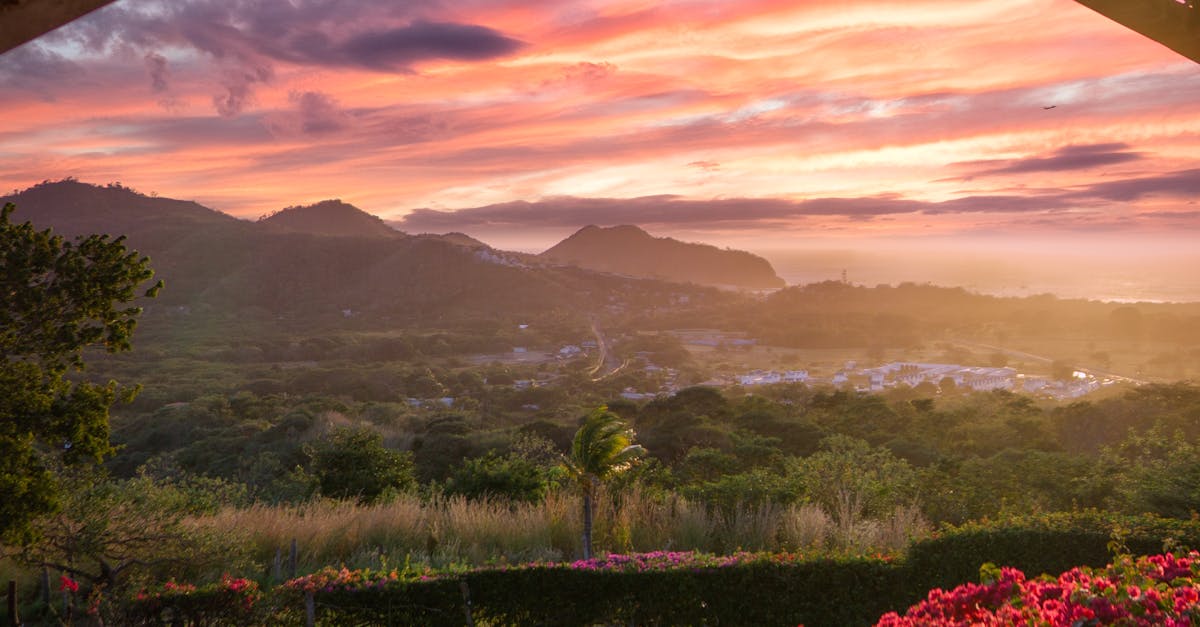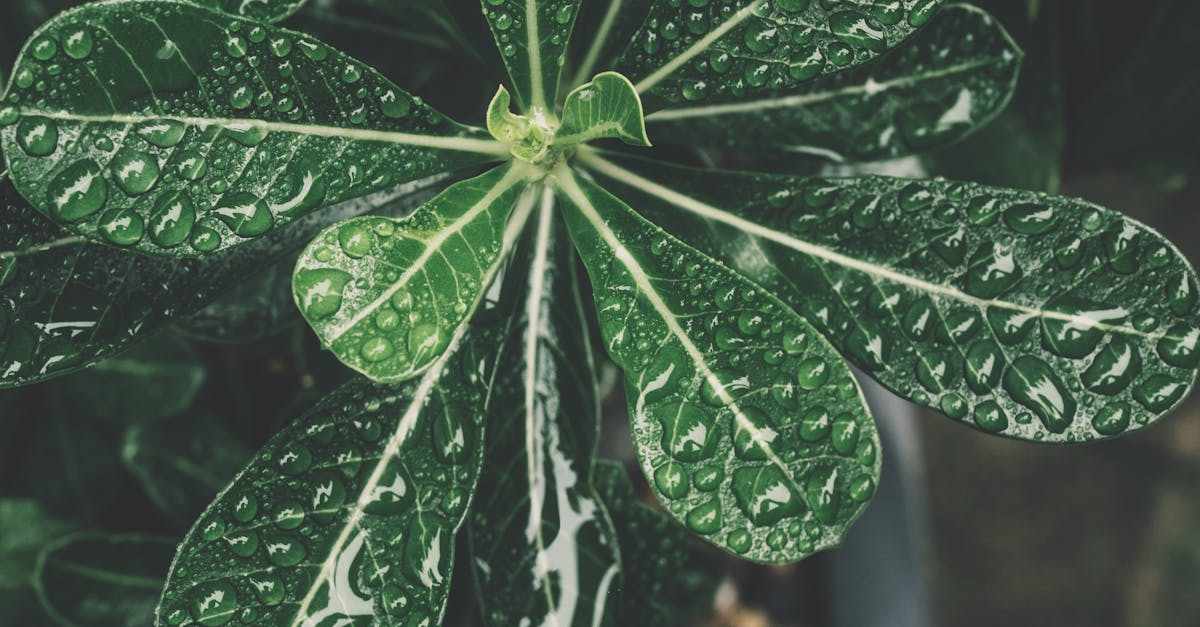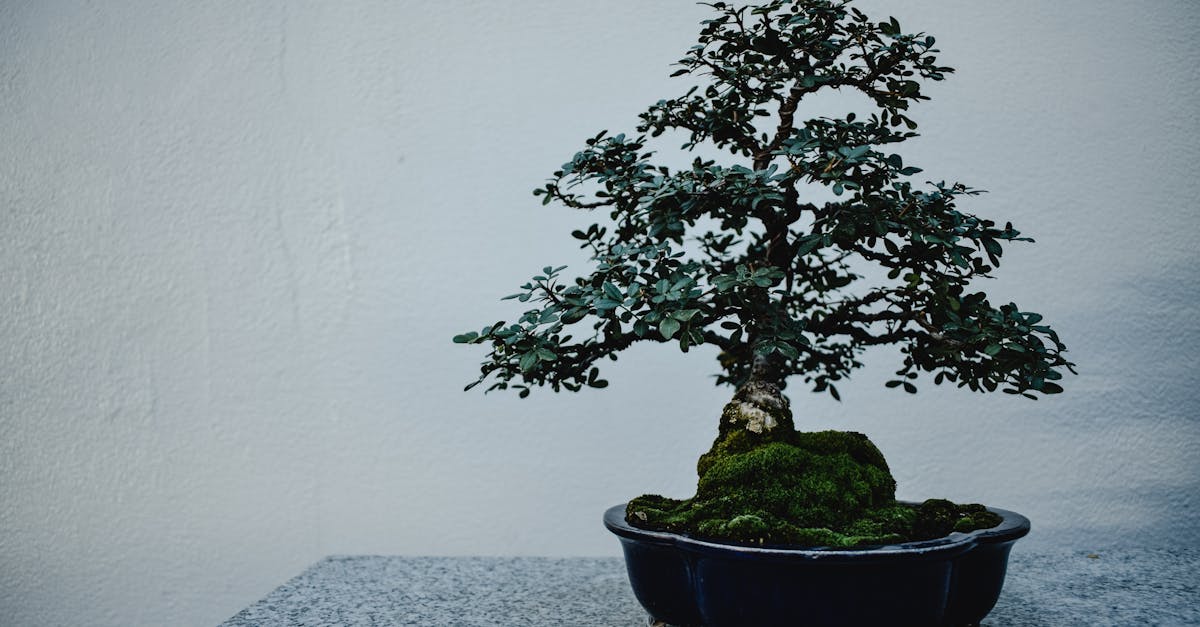The Native Soul of Bonsai: A Journey with Anibal Poublan

Nested within the verdant heart of Uruguay, Anibal Poublan, a maestro of miniature landscapes, has masterfully harnessed the essence of his native land to craft breathtaking bonsai masterpieces. With a deft touch and unwavering dedication, he transforms gnarled branches and verdant leaves into living works of art, capturing the untamed spirit of Uruguay’s natural heritage. Through his artistry, Poublan not only celebrates the beauty of his homeland but also serves as a guardian of its fragile ecosystems, fostering a deep appreciation for the interconnectedness of nature and art.
Join us as we delve into the enchanting realm of Anibal Poublan, where the ancient art of bonsai intertwines with the vibrant tapestry of Uruguayan flora. Witness the metamorphosis of native species, resilient and alluring, as they find new life within the confines of miniature worlds. Discover the profound connection between art and ecology, as Poublan’s bonsai creations serve as poignant reminders of the delicate balance we share with our natural surroundings.
Prepare to be captivated by the intricate techniques employed by this Uruguayan master, techniques honed over decades of dedication and experimentation. From the precise manipulation of water and soil to the delicate art of wiring and shaping, Poublan’s methods are a testament to his unwavering pursuit of perfection. In his hands, native Uruguayan species transcend their natural forms, becoming living sculptures that embody the untamed spirit of their homeland.
1. The Beauty of Uruguayan Natives in Bonsai
Uruguay, a land of rolling hills, shimmering rivers, and untamed coastlines, harbors a treasure trove of native plant species, each uniquely adapted to the country’s diverse ecosystems. Among these botanical wonders lies a hidden gem, a group of species that have found a new lease on life in the intricate world of bonsai.
Uruguayan native species possess inherent qualities that make them ideally suited for the art of bonsai. Their resilience and adaptability, honed by centuries of weathering the region’s extremes, allow them to thrive within the confines of miniature landscapes. Their compact growth habits and intricate branching patterns lend themselves perfectly to the shaping and training techniques employed in bonsai.
One such species is the Quebracho, renowned for its strength and durability. Its gnarled trunk and windswept branches evoke images of ancient trees that have withstood countless storms. The Pitanga, with its vibrant red fruits and glossy foliage, brings a touch of tropical flair to the bonsai world. Its intricate root system and ability to tolerate various soil conditions make it a favorite among bonsai enthusiasts.
In the hands of skilled artisans like Anibal Poublan, these native species are transformed into living works of art, each one a testament to the beauty and diversity of Uruguay’s natural heritage.
Native Species for Bonsai
Uruguay’s native flora offers a rich palette of species for bonsai enthusiasts to explore. Among the most popular choices are the Quebracho and the Pitanga, each with its own unique characteristics and adaptations that make it ideal for the art of miniature landscapes.
The Quebracho, a symbol of strength and resilience, is a deciduous tree that can reach heights of over 100 feet in its natural habitat. Its dense wood and intricate branching patterns make it a favorite among bonsai artists. The Quebracho’s ability to withstand drought and poor soil conditions makes it well-suited for the challenges of bonsai cultivation.
The Pitanga, also known as the Brazilian cherry, is an evergreen tree or shrub that produces an abundance of small, red fruits. Its glossy foliage and compact growth habit make it an attractive choice for bonsai. The Pitanga’s adaptability to various soil types and its tolerance for both sun and shade make it a versatile species for bonsai enthusiasts of all levels.
In addition to the Quebracho and the Pitanga, other native Uruguayan species commonly used in bonsai include:
- The Guayabo (Feijoa sellowiana): An evergreen tree or shrub with edible fruits and attractive foliage.
- The Ibirapitá (Peltophorum dubium): A deciduous tree with showy yellow flowers and fern-like leaves.
- The Arrayán (Luma apiculata): An evergreen tree or shrub with small, aromatic leaves and edible berries.
These native species, with their diverse forms and adaptations, offer bonsai artists a wealth of possibilities for creating unique and captivating miniature landscapes.
Preserving Native Ecosystems
Anibal Poublan’s passion for native Uruguayan species extends beyond the realm of bonsai art. He is a dedicated advocate for the conservation of these species and their natural habitats. Through his workshops, exhibitions, and collaborations with environmental organizations, Poublan raises awareness about the importance of protecting Uruguay’s rich biodiversity.
By showcasing the beauty and resilience of native species in his bonsai creations, Poublan inspires others to appreciate and safeguard these natural treasures. His work highlights the delicate balance between human activities and the environment, encouraging viewers to consider the impact of their choices on the natural world.
Poublan’s efforts have been instrumental in promoting the conservation of native species in Uruguay. He has collaborated with organizations such as the National Institute for Agricultural Research (INIA) and the Uruguayan Bonsai Association to develop sustainable practices for the cultivation and use of native species in bonsai. Through his advocacy and education, Poublan is helping to ensure that future generations can continue to enjoy the beauty and benefits of Uruguay’s native flora.
2. Poublan’s Artistic Journey

Anibal Poublan’s artistic journey began at a young age, inspired by the natural beauty of his surroundings in Uruguay. His early experiments with bonsai focused on traditional Japanese techniques, but he soon realized the potential of incorporating native Uruguayan species into his art.
Through years of experimentation and study, Poublan developed a unique style that seamlessly blends traditional bonsai principles with the characteristics of Uruguayan native species. His keen observation of these species’ natural growth habits and adaptations allowed him to create bonsai that are both aesthetically pleasing and ecologically sustainable.
Poublan’s artistic evolution has been marked by numerous milestones, including awards at prestigious bonsai exhibitions and recognition from international bonsai organizations. His work has been featured in exhibitions around the world, showcasing the beauty and diversity of Uruguayan native species and inspiring other bonsai artists to explore the potential of their own local flora.
Influences and Inspirations
Anibal Poublan’s artistic style is a tapestry woven from diverse influences, blending traditional Japanese bonsai techniques with the unique characteristics of Uruguayan native species. His early training in Japanese bonsai laid the foundation for his understanding of the art’s fundamental principles, such as balance, asymmetry, and the importance of respecting the natural growth habits of trees.
However, Poublan’s artistic vision extended beyond traditional boundaries. He was captivated by the beauty and resilience of Uruguay’s native flora, and he began to experiment with incorporating these species into his bonsai creations. By observing the natural growth patterns and adaptations of these trees, he developed new techniques and approaches that showcased their unique characteristics.
The Uruguayan landscape itself has been a profound source of inspiration for Poublan’s art. The country’s rolling hills, shimmering rivers, and windswept coastlines are reflected in the dynamic and naturalistic compositions of his bonsai. His trees often evoke a sense of movement and connection to the environment, capturing the essence of Uruguay’s untamed beauty.
Recognition and Awards
Anibal Poublan’s artistic achievements have garnered both national and international recognition. His bonsai creations have been exhibited in prestigious exhibitions around the world, including the World Bonsai Convention and the Chelsea Flower Show. His work has been featured in numerous publications and has earned him awards from respected bonsai organizations.
In Uruguay, Poublan is considered a master of bonsai art and has received numerous awards for his contributions to the field. He is a founding member of the Uruguayan Bonsai Association and has played a significant role in promoting bonsai as an art form in his home country.
Poublan’s international recognition is a testament to the unique and innovative approach he has brought to bonsai. His ability to blend traditional techniques with native Uruguayan species has created a new aesthetic that is both visually stunning and ecologically sustainable. His work has inspired bonsai artists worldwide to explore the potential of their own local flora and to appreciate the beauty and diversity of nature.
3. Native Bonsai Techniques
Anibal Poublan’s approach to bonsai is deeply rooted in his understanding of the unique characteristics and adaptations of native Uruguayan species. He employs a range of techniques that are tailored to the specific needs of these trees, ensuring their health and longevity while also enhancing their aesthetic appeal.
One of the key techniques Poublan uses is selective pruning. By carefully removing branches and leaves, he encourages the tree to develop a strong and balanced structure that showcases its natural growth patterns. He also uses wiring techniques to train the branches into desired positions, creating dynamic and visually interesting compositions.
Poublan pays meticulous attention to the soil and water requirements of each species. He uses a variety of soil mixes that are specifically designed to provide optimal drainage and aeration for the roots. He also carefully monitors the watering schedule, ensuring that the trees receive the right amount of moisture without becoming waterlogged.
Water and Soil Management
Anibal Poublan’s approach to water and soil management for native bonsai trees is guided by his deep understanding of their natural habitats and adaptations. He recognizes that each species has unique requirements, and he tailors his techniques accordingly.
For example, many Uruguayan native species are adapted to well-drained soils and do not tolerate waterlogged conditions. Poublan uses a variety of soil mixes that are designed to provide optimal drainage, aeration, and moisture retention for each species. He also uses techniques such as raised pots and drainage holes to ensure that excess water can drain away from the roots.
Poublan is also mindful of the watering needs of each species. He carefully monitors the soil moisture levels and adjusts the watering schedule accordingly. He avoids overwatering, which can lead to root rot and other problems. Instead, he focuses on providing the trees with just enough water to meet their needs without creating waterlogged conditions.
Wiring and Shaping
Anibal Poublan employs a range of wiring and shaping techniques to train and shape native Uruguayan bonsai trees. These techniques allow him to gently guide the branches into desired positions, creating dynamic and visually appealing compositions.
One of the most important aspects of wiring is choosing the right wire for the job. Poublan uses a variety of wire gauges and materials, depending on the size and thickness of the branches he is working with. He also takes into account the flexibility and strength of the wire, as well as its ability to hold its shape over time.
Poublan applies the wire carefully, avoiding any damage to the bark or branches. He uses a variety of wrapping techniques to secure the wire, ensuring that it is both effective and aesthetically pleasing. He also regularly checks the wire and adjusts it as needed to ensure that the branches are developing in the desired direction.
4. Bonsai as Cultural Heritage

Anibal Poublan’s bonsai creations are not only works of art but also expressions of Uruguayan cultural heritage. Through his work, he celebrates the beauty and diversity of his home country’s native flora and raises awareness about the importance of environmental conservation.
Poublan’s bonsai trees are often inspired by traditional Uruguayan landscapes, such as the rolling hills and shimmering rivers. He uses native species that are adapted to the local climate and soil conditions, ensuring that his trees are not only aesthetically pleasing but also ecologically sustainable.
By incorporating native species into his art, Poublan helps to preserve and promote the cultural heritage of Uruguay. He showcases the unique beauty of these trees and raises awareness about the importance of protecting the country’s natural environment. His work inspires others to appreciate the beauty and diversity of Uruguayan flora and to take steps to conserve it for future generations.
Traditional Roots and Modern Expression
Anibal Poublan’s bonsai art is deeply rooted in Uruguayan cultural traditions while also pushing artistic boundaries. He draws inspiration from the natural beauty of his home country and uses native species that are adapted to the local climate and soil conditions. However, he also incorporates innovative techniques and approaches to create unique and contemporary bonsai compositions.
One way in which Poublan’s art connects with Uruguayan cultural traditions is through his use of native species. These trees have a long history of use in Uruguayan crafts and traditions, and they hold cultural significance for many Uruguayans. By incorporating these species into his bonsai creations, Poublan pays homage to his cultural heritage and celebrates the beauty of Uruguayan nature.
At the same time, Poublan’s art also pushes artistic boundaries by incorporating modern techniques and approaches. He experiments with different wiring and shaping techniques to create dynamic and visually appealing compositions. He also uses a variety of natural materials, such as rocks and driftwood, to create unique and innovative bonsai landscapes.
Education and Outreach
Anibal Poublan is dedicated to promoting bonsai and native species conservation through workshops and exhibitions. He believes that bonsai is an art form that can be used to connect people with nature and to raise awareness about the importance of environmental conservation.
Poublan regularly conducts workshops and demonstrations, both in Uruguay and internationally. In these workshops, he teaches participants the basics of bonsai, including tree selection, potting, watering, and shaping. He also emphasizes the importance of using native species and sustainable practices in bonsai cultivation.
Poublan’s exhibitions are another important way in which he promotes bonsai and native species conservation. His exhibitions have been featured in museums, galleries, and botanical gardens around the world. These exhibitions showcase the beauty and diversity of native Uruguayan species and raise awareness about the importance of protecting these trees and their habitats.
5. A Legacy of Native Bonsai Artistry
Anibal Poublan’s legacy in the world of bonsai and native Uruguayan species preservation is significant and enduring. Through his innovative use of native species, his dedication to education and outreach, and his passion for environmental conservation, he has made a lasting impact on the art form and on Uruguayan society.
Poublan’s bonsai creations are not only beautiful works of art but also powerful symbols of the importance of environmental conservation. By showcasing the beauty and diversity of native Uruguayan species, he has helped to raise awareness about the importance of protecting these trees and their habitats. His work has inspired others to appreciate the beauty of native flora and to take steps to conserve it for future generations.
Poublan’s legacy will continue to inspire and influence bonsai artists and environmentalists for years to come. His work has helped to raise the profile of native species in bonsai and has demonstrated the potential of bonsai as a tool for environmental conservation. His passion for native Uruguayan species and his commitment to sustainable practices have left a lasting mark on the world of bonsai and on Uruguayan society.
Inspiring Future Generations
Anibal Poublan’s work has had a profound influence on other bonsai artists, particularly in Uruguay and South America. His innovative use of native species and his focus on sustainable practices have inspired a new generation of artists to explore the potential of their own local flora and to adopt more environmentally friendly approaches to bonsai cultivation.
In Uruguay, Poublan’s work has been instrumental in raising the profile of native species in bonsai. Prior to his work, most bonsai artists in Uruguay focused on traditional Japanese species. However, Poublan’s success in cultivating and training native Uruguayan species has inspired others to explore the potential of these trees. As a result, there is now a growing community of bonsai artists in Uruguay who are using native species in their work.
Poublan’s influence has also been felt in other parts of South America. His work has been featured in exhibitions and workshops throughout the region, and he has inspired many other artists to adopt his sustainable practices. As a result, there is a growing movement in South America towards using native species and sustainable practices in bonsai cultivation.
Protecting Native Ecosystems
Anibal Poublan’s work has broader implications for the conservation and protection of native Uruguayan ecosystems. By showcasing the beauty and diversity of native species, he has helped to raise awareness about the importance of protecting these trees and their habitats. His work has also inspired others to appreciate the beauty of native flora and to take steps to conserve it for future generations.
In addition to his artistic work, Poublan is also actively involved in conservation efforts. He is a member of several environmental organizations and has worked to promote the conservation of native species and their habitats. He has also developed educational programs to teach people about the importance of native flora and how to protect it.
Poublan’s work has helped to raise awareness about the importance of native ecosystems and has inspired others to take steps to protect them. His work is a valuable contribution to the conservation of Uruguayan biodiversity.
What is the significance of native species in Poublan’s bonsai art?
The use of native species in Poublan’s bonsai art holds several important significances. Firstly, it showcases the beauty and diversity of Uruguayan flora, celebrating the unique natural heritage of his home country. Secondly, it promotes the conservation of native species and their habitats, raising awareness about the importance of protecting these trees and the ecosystems they support. Additionally, incorporating native species aligns with sustainable practices, as they are well-adapted to the local climate and soil conditions, requiring less maintenance and resources.
How does Poublan’s approach to water and soil management contribute to the health of native bonsai trees?
Poublan’s careful attention to water and soil management is crucial for the health and longevity of native bonsai trees. His use of well-draining soil mixes, tailored to the specific needs of each species, ensures proper drainage and aeration, preventing root rot and other issues. Additionally, his precise monitoring and adjustment of watering schedules provide the trees with the optimal amount of moisture without overwatering, promoting healthy root development and overall tree vigor.
What are the implications of Poublan’s work beyond the art of bonsai?
Poublan’s work extends beyond the realm of bonsai, having broader implications for the conservation and protection of native Uruguayan ecosystems. By highlighting the beauty and importance of native species, he raises awareness about the need to preserve their natural habitats. Moreover, his active involvement in conservation efforts and educational programs contributes to fostering a greater appreciation and understanding of native flora, inspiring others to take action in protecting and conserving these valuable ecosystems.

